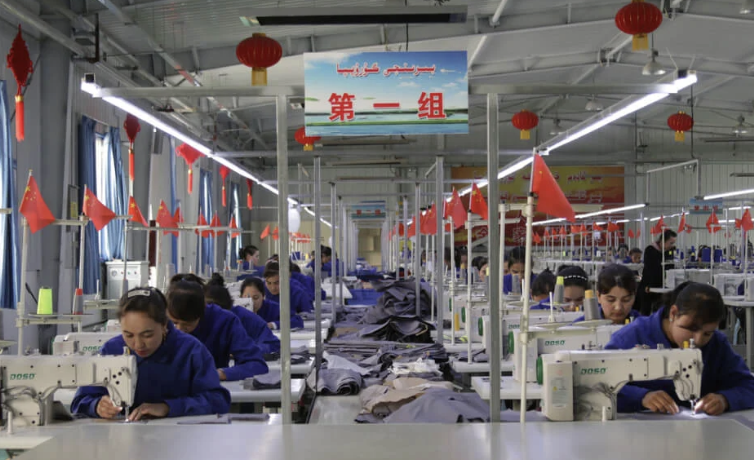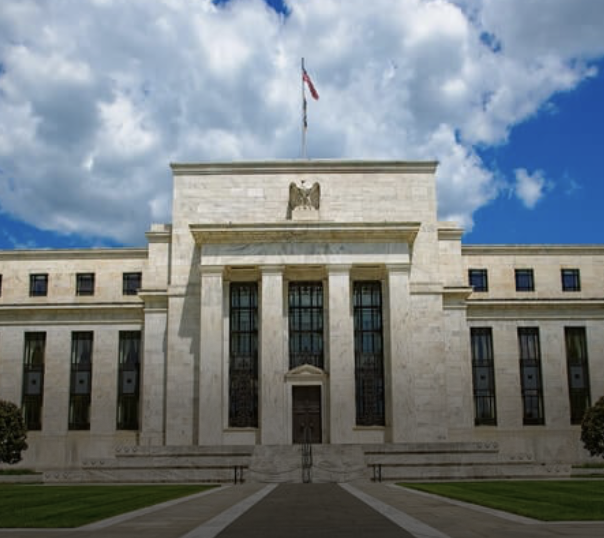
France is a rich and once prosperous nation with excellent human capital. It is a nation with plenty of entrepreneurs and investment opportunities. It is also on the path to a debt crisis because politicians continue to impose the same policies that have failed for decades: high government spending and confiscatory taxes.
The French budget nightmare is not a 2025 story. It is the consequence of decades of bloated government and destructive taxation. Debt to GDP is 112% even after a significant retroactive revision of GDP and the effect of inflation on the nominal GDP figure.
Moody’s slashed the French debt rating to Aa3 from Aa2, three levels below the maximum rating, matching the Fitch and S&P cuts.
After a government crisis and the resignation of Michel Barnier as prime minister, the budget plan for France in 2025 aims to decrease the deficit to 5% of GDP by reducing spending by €60 billion and increasing taxes by the same amount.
The plan is insufficient and will likely fail. Bringing the deficit down only to five percent of GDP is still an unsustainable level. The revenue estimates are incredibly optimistic, a constant in French politicians’ budget estimates.
The government cannot bring the deficit down
Considering the anaemic growth of the economy and the adverse taxation, the government is counting on questionably strong corporate earnings and a conversion of tax hikes to receipts that has rarely occurred.
Furthermore, we are used to the French PMs announcing a reduction in deficit only to revise it upward. The French government is very weak and cannot bring the deficit down from the elevated 310-billion-euro yearly figure because it does not have the power or will to truly implement structural spending cuts.
These plans to cut the deficit always fail because the spending cuts rarely happen as expected, and the tax hikes generate lower revenues than estimated.
This is typical of bureaucratic governments that see the productive sector as a cash machine that can always accept higher taxes while deeming every euro of political spending as a necessary one.
France’s problem always came from elevated spending. It never had any austerity
France’s problem always came from elevated spending. It never had any austerity. Government spending to GDP is the highest of the OECD at 58%, and government employment as a share of total employment was 21.1% in 2021.
The economy does not grow burdened by asphyxiating taxes and obstructive overregulation, as well as unions that have abandoned the idea of promoting prosperity.
The recipe of French politicians has always been to increase government spending and taxes. When the economy is in recession, government spending and taxes rise, and when there are periods of modest growth, government size in the economy rises and taxes are increased again.
With an extremely high tax wedge, France ranks a very low 36 out of 38 countries in the Tax Competitiveness Index published by the Tax Foundation.
Despite some deductions available, France’s corporate tax rate is very high, 25.8 percent. According to the Tax Foundation, “France has multiple distortionary property taxes with separate levies on estates, bank assets, financial transactions, and a wealth tax on real estate, and the tax burden on labour of 47 percent is among the highest for OECD countries.”
The tax hike will hurt investment
Emmanuel Macron will be president until 2027 but has an approval rating of less than 20%. He does not have a majority in parliament, and his prime minister, François Bayrou, comes from a political party that had less than 7% of the votes in the elections. The previous PM, Barnier, served for less than three months.
It is very typical of social democratic politicians to think that a deficit reduction plan split in half spending cuts and half tax hikes is optimal. It is not. The French deficit is a spending problem.
The tax hike will hurt investment, growth, and productivity again
That tax hike will hurt investment, growth, and productivity again, and the spending cuts are unlikely to be permanent while mandatory spending continues to rise, particularly in the pension system.
The plan has as its long-term objective the achievement of compliance with the Maastricht Treaty’s 3% deficit guideline by the year 2029. Like “mañana,” but without the urgency.
Everyone knows that France will not reach a 3% deficit by 2029. However, there is a bigger problem.
France will continue to weaken
The European Commission is turning a blind eye to the rising fiscal imbalances of Spain because France overshadows other countries. Therefore, it cannot be strict with countries that only reduce the deficit ratio by bloating GDP with public spending and inflation
The European Union is making the same mistake it made with Greece. In the 2002-2007 period, it ignored the rising imbalances of the Greek economy because it posted headline GDP growth, and it needed to deal with the weakness of Germany. Now, the European Commission is doing the same, but the risks are building in Spain and France, respectively.
The problem of all these European nations is simple and complex at the same time. The euro area is based on upside-down economics. It places government spending and bureaucracy at the top of the priority list and productive investment and private enterprises at the bottom.
France will continue to weaken because no nation can prosper by penalising the productive economy and prioritising subsidies and bureaucracy. By the time that France’s debt creates a crisis, Spain will join it.
There is only one solution to the French dilemma: pro-growth policies, cutting political spending, and reducing the insane tax wedge. It is the solution for the rest of the euro area as well. However, no politician will adopt it because they prioritise the cult of bureaucracy over the path to prosperity.










